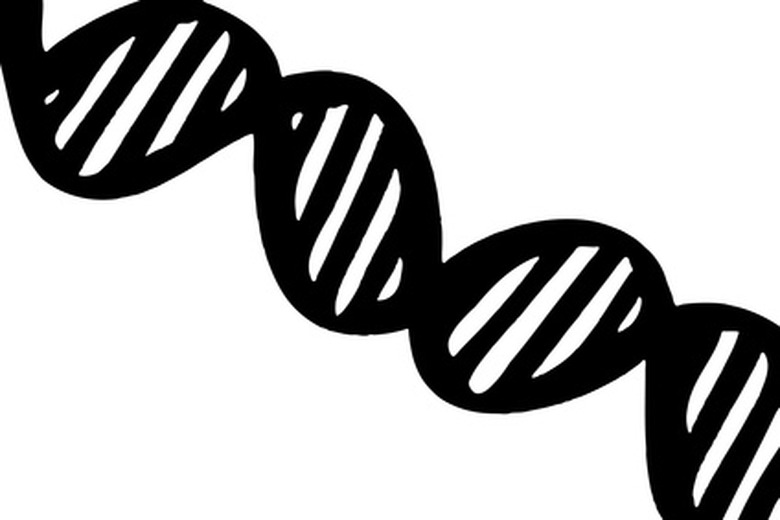How To Build A Seventh-Grade Model Of An Animal Cell
Seventh grade is often the year students are assigned the onerous task of creating a model of an animal cell. Just because it is a common project doesn't mean your model has to be common, and it definitely does not mean your animal cell has to be boring. The complexity of your model will depend on your teacher's assignment and how many organelles you have to represent, but the fun you have making it will be entirely up to you.
Learn the Organelles
Step 1
Use a diagram to study the animal cell. After all, learning the parts is the whole point of the project.
Step 2
Notice that animal cells tend to be round, and in the center is a large sphere known as the nucleus. In the middle of the nucleus is a smaller sphere known as the nucleolus. The area between the outside of the nucleus and the nucleolus is the chromatin.
Step 3
See that around the cell is a plasma membrane that holds the cell together.
Step 4
Study the parts inside the cell. Microfilaments are small strands that are usually joined in clusters of three. Microtubules, on the other hand, are single threads that are interspersed throughout the cell. The Golgi complex looks like four or five worms in a row.
Step 5
Find the smooth and rough endoplasmic reticuli. Both of these organelles have strange shapes reminiscent of labyrinths.
Step 6
Pick out the lysosomes, small circular structures in the cell. Also take note of the mitochondria, organelles that resemble beans. The vesicle, located near the plasma membrane, is oval.
Choose Your Medium
Step 1
Decide what the animal cell looks like to you–like pieces of food or candy, for instance, or perhaps foam. Using your natural inclinations will make the project easier and more fun.
Step 2
Make your animal cell out of food. Fill a bowl (plasma membrane) with mashed potatoes. Use a round slice of cheese in the center as the nucleus, with a smaller piece of cheese of an alternate color as the nucleolus. Scatter a few peas as the lysosomes and some kidney beans as the mitochondria. Shred carrots and arrange to look like microfilaments and some slivers of potato skin as stand-ins for microtubules. The vesicle can be made out of red pepper, while the endoplasmic reticuli can be formed from spaghetti.
Step 3
Bake a cake to form your animal cell. Frost the cake, using a different color frosting for the plasma membrane. Put a cookie in the center (nucleus) with a dollop of frosting (nucleolus). M&Ms can be the lysosomes, Good & Plenty can represent mitochondria, and licorice vines can form microfilaments and microtubules. Gummy worms can be made to look the Golgi complex, and the endoplasmic reticuli can be made by folding over a Fruit Roll-Up.
Step 4
Sit on an old beanbag chair to give it the same shape as a cell cross section. Use acrylic paints to draw on your organelles, or cut shapes out of foam and affix them to your bean bag with glue or tape.
References
Cite This Article
MLA
Finch, Heather. "How To Build A Seventh-Grade Model Of An Animal Cell" sciencing.com, https://www.sciencing.com/build-seventhgrade-model-animal-cell-5519102/. 24 April 2017.
APA
Finch, Heather. (2017, April 24). How To Build A Seventh-Grade Model Of An Animal Cell. sciencing.com. Retrieved from https://www.sciencing.com/build-seventhgrade-model-animal-cell-5519102/
Chicago
Finch, Heather. How To Build A Seventh-Grade Model Of An Animal Cell last modified March 24, 2022. https://www.sciencing.com/build-seventhgrade-model-animal-cell-5519102/
